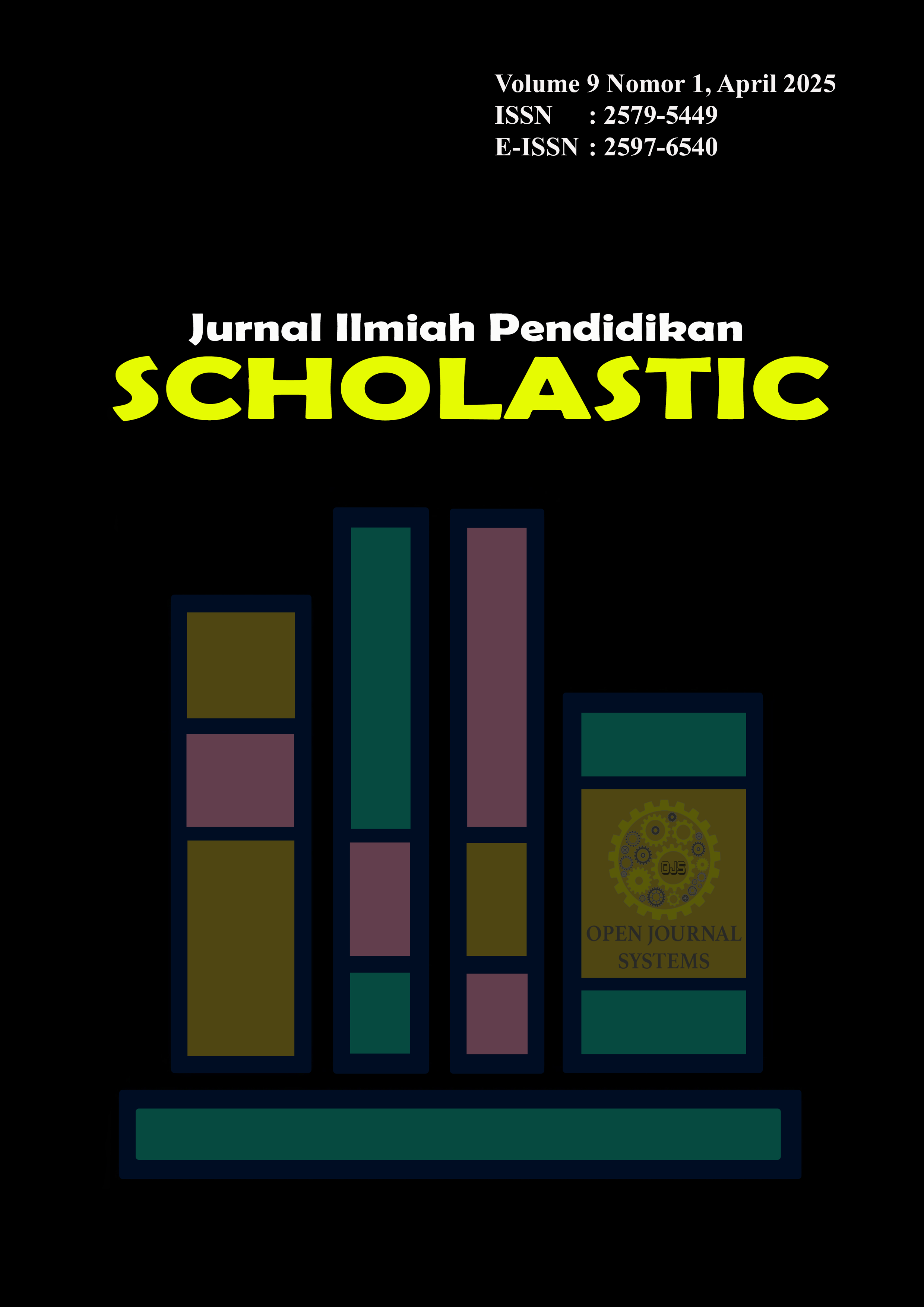Toponymy Areas In Pesisir Selatan District: Analysis Anthropolinguistics
DOI:
https://doi.org/10.36057/jips.v9i1.725Keywords:
Toponymy, Anthropolinguistics, Meaning, CultureAbstract
The interest in conducting this research with the title Toponymy areas in Pesisir Selatan District: Analysis Anthropolinguistics. This research aims to analyze the toponymy or origin of regional names in Pesisir Selatan District and analyze the meaning and cultural elements of the region. The purpose of this anthropolinguistics study is to categorize and describe village toponymy, explain its cultural identification, and show the cultural values contained in the naming of regional names. The theories used in this research are anthropolinguistics, toponymy, sociolinguistics and semantics. This research is a field research using descriptive qualitative method. Data collection techniques in this research are using interview techniques, note-taking techniques, and recording techniques.Overall, regional toponymy in Pesisir Selatan District mostly consists of hydrological aspects and geomorphological aspects. This is motivated by the fact that the Pesisir Selatan District area was once a place that was mostly located on hydrology and the shape of the area in the area has become an icon and characteristic of the area. As for the history of the kingdom, it has existed since ancient times but did not last long because the average population in this area came from overseas who came from outside this District.
Downloads
References
[1]Bachtiar, S Bachri. (2010). Meyakinkan Validitas melalui Triangulasi pada Penelitian Kualitatif. Jurnal Teknologi Pendidikan, 10, 55-56.
[2]Berg, L. D., and Vuolteenaho, J. (Eds.). (2009). Critical toponymies: The contested politics of place naming. Ashgate Publishing, Ltd.
[3]Creswell, J. W., Hanson, W. E., Clark Plano, V. L., and Morales, A. (2007). Qualitative research designs: Selection and implementation. The counseling psychologist, 35(2), 236-264.
[4]Daniel Dhakidae, ed. (2003). Profil Daerah: Kabupaten dan Kota Jilid 2. Penerbit Buku Kompas. hlm. 122–125.
[5]Duranti, Alessandro. (2000). Antropología lingüística. Ediciones AKAL.
[6]Eckert, Penelope. (2003). Language and Gender. New York: Cambridge University.
[7]Eisenhart, M., and Jurow, A. S. (2011). Teaching qualitative research. The SAGE handbook of qualitative research, 4, 669-714.
[8]Halfian, W. O., Hariyati, H., and Masri, F. A. (2022). Toponymy of Street Naming in Lasalepa District, Muna Regency. Journal of Indonesian Language and Literature Education Metalingua, 7 (1), 35, 50.
[9]Hough, Carole. (2016). Introduction the Oxford Handbook of Names and Naming (pp.467-475). Oxford: Oxford University Press.
[10]Labov, William. (2002). Driving Forces in Linguistic Change. University of Penssylvania.
[11]Laclau, Ernesto. (2005). On populist reason London: Verso.
[12]Lafamane, Felta. (2020). Antropolinguistik Hubungan Budaya dan Bahasa.
[13]Lafamane, Felta. (2020). Perkembangan Teori Sastra suatu Pengantar. OSF Preprints. July, 25.
[14]Lauder, Multamia RMT, Kushartanti dan. Untung Y. (2005). Pesona Bahasa: Langkah. Awal. Memahami. Linguistik. Jakarta: Gramedia Pustaka Utama.
[15]Maftuhah, Rizky, Ainun. (2023). Toponymy of Villages Nameat Singaparna District: An Anthropolinguistic Study. Journal of Anthropolinguistics, 4(1), 14-18.
[16]Muhlis, Ahmad. (2021). Sosiolinguistik dasar. Jakad Media Publishing.
[17]Nurghaida, Winda. (2022). Toponimi Desa di Kabupaten Batang (Kajian Antropolinguistik). Jurnal Skripsi Mahasiswa.
[18]Onwuegbuzie, A. J., Leech, N. L., and Collins, K. M. (2008). Interviewing the interpretive researcher: A method for addressing the crises of representation, legitimation, and praxis. International Journal of Qualitative Methods, 7(4), 1-17.
[19]Rusu, Mihai, S. (2021). Street naming practices: A systematic review of urban toponymic scholarship. Onoma Journal of the International Council of Onomastic Sciences, 56, 269-292.
[20]Vuolteenaho, J., and Berg, L. D. (2017). Towards critical toponymies. In Critical toponymies (pp. 15-32). Routledge.
[21]Willis, Jhon, W. (2008). Qualitative research methods in education technology. IAP.
Downloads
Published
How to Cite
Issue
Section
License
Copyright (c) 2025 Jurnal Ilmiah Pendidikan Scholastic

This work is licensed under a Creative Commons Attribution-NonCommercial-ShareAlike 4.0 International License.










